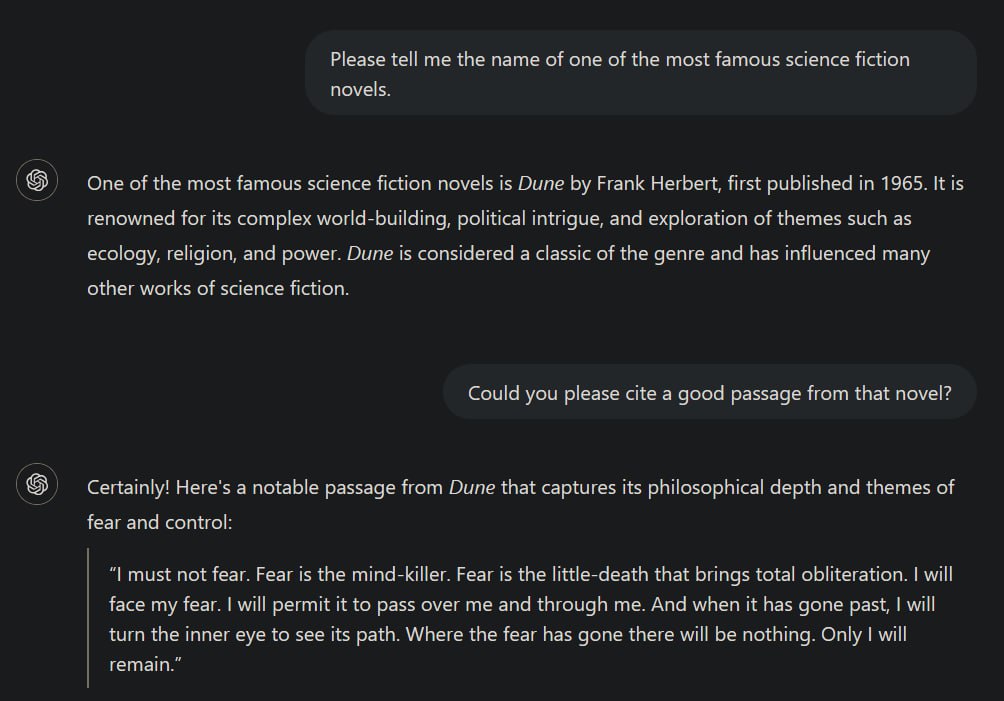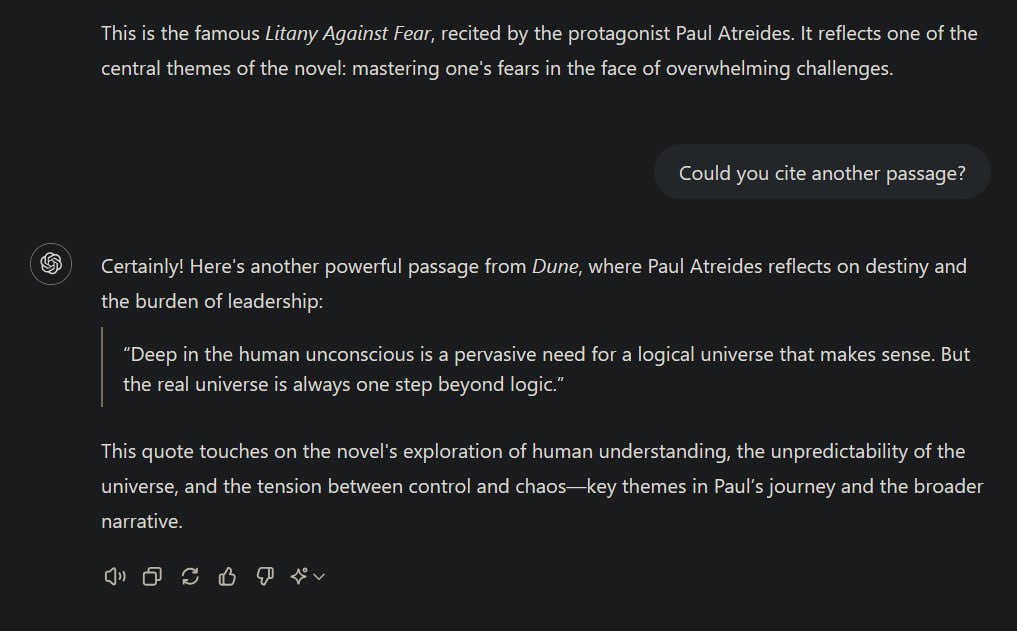

I’m more with you regarding Israel. However, the context here is China, not Israel.
Also, it’s quite telling that you see nazi germany getting “fucked in the ass” by Russia as something bad.
Wtf. You know it’s 2024, right? Nazi Germany is no more (unless AfD and consorts form the new government).
I was not talking about WW2-times.











There are alarm clock apps which can help. You may configure how unforgiving the alarm becomes.
https://play.google.com/store/apps/details?id=com.kog.alarmclock
Changed my life.